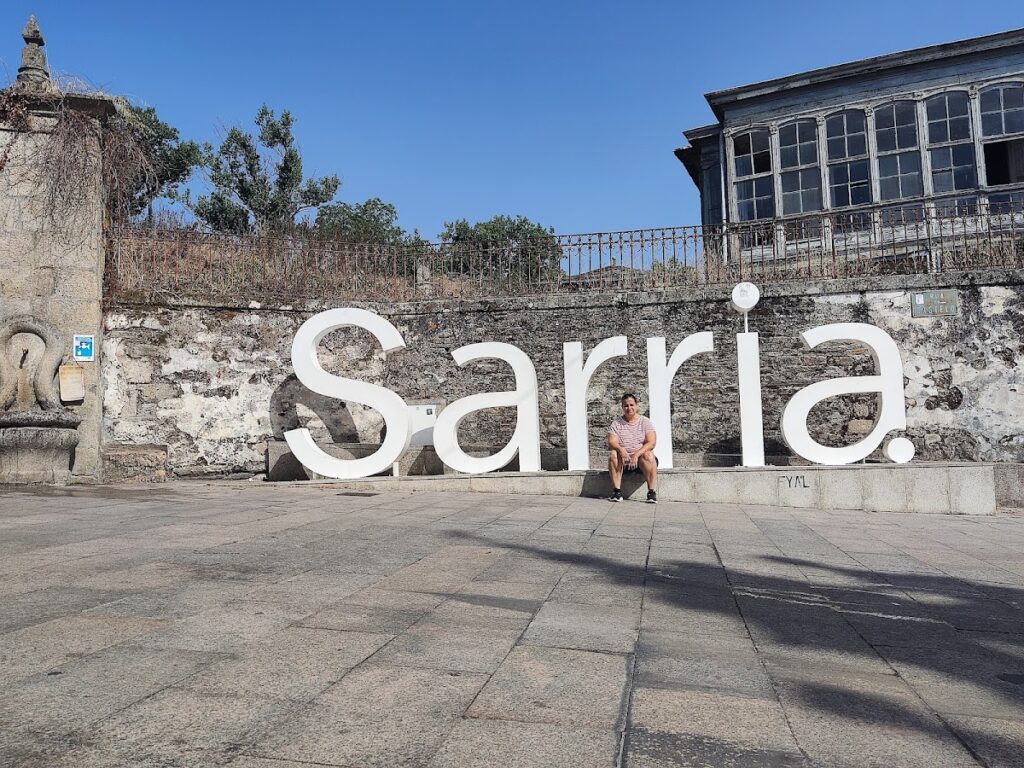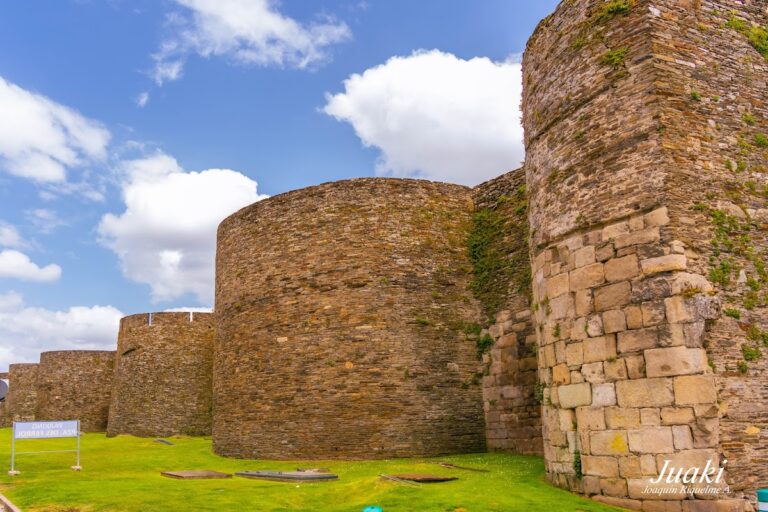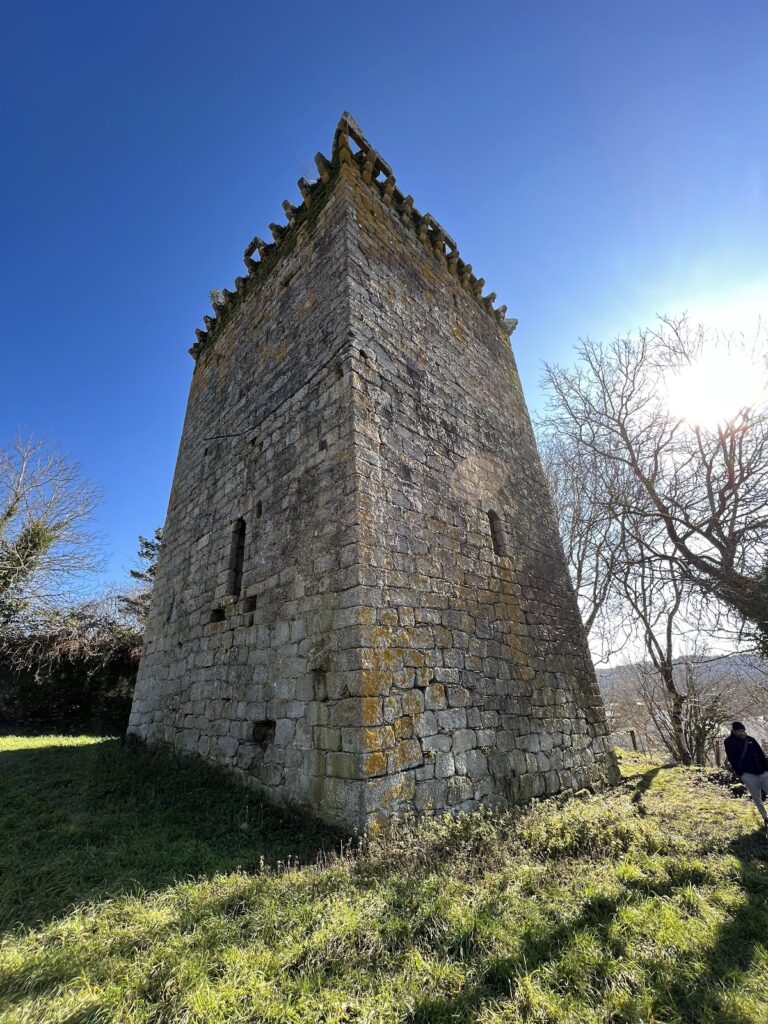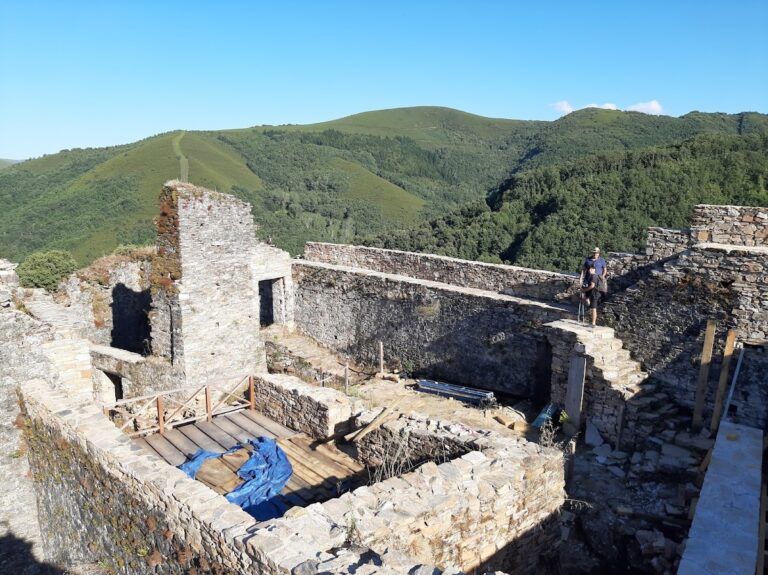Fortaleza de Sarria: A Medieval Fortress in Sarria, Spain
Visitor Information
Google Rating: 3.3
Popularity: Low
Google Maps: View on Google Maps
Country: Spain
Civilization: Unclassified
Remains: Military
History
The Fortaleza de Sarria is a medieval fortress situated on the highest hill of the town of Sarria in Spain. It was built by the Galician nobility during the Middle Ages on the site of an earlier fortified settlement known as a castro.
Its origins likely date back to the 12th or 13th century, associated with the lords of Lemos and Sarria, Gutierre Ruiz de Castro and Elvira Osorio. The location was chosen for its strategic vantage point overlooking the town and the nearby Camino Francés, the major pilgrimage route leading to Santiago de Compostela. During the early 14th and 15th centuries, the fortress became connected with the title of Count of Trastámara, Lemos, and Sarria, held at various times by figures such as Álvar Núñez de Osorio and Infante Don Enrique de Trastámara. This period saw the fortress serving both military and administrative functions tied to the nobility’s control of the region.
In the latter half of the 15th century, the Fortaleza de Sarria experienced significant conflict. It was nearly destroyed during the Irmandiña Revolt (1467–1469), a popular uprising against the nobility in Galicia. Following this upheaval, the castle was rebuilt through the efforts of local vassals acting under Pedro Álvarez Osorio, the first Count of Lemos. The reconstruction was supported by resources from five neighboring towns known as the “Pobras,” which would eventually join to create the Marquisate of Sarria. Soon after, the fortress endured a series of sieges amid disputes involving regional counts and local military leaders, including Marshal Álvaro González de Ribadeneira.
The fortress later gained royal attention when the Catholic Monarchs placed it under their protection to prevent its destruction, highlighting its importance along the pilgrimage route. In 1543, Emperor Charles V granted Fernando Ruiz de Castro y Portugal the marquisate of the town and majorat of Sarria, consolidating noble titles and estates linked to the fortress. Over time, the fortress hosted prominent guests including Queen Isabel and King Fernando, Emperor Charles I, and King Philip II during their visits.
Up until the early 18th century, the fortress remained occupied, housing regional officials such as the Corregidor and Justicia Mayor who administered the five “Pobras” and the Marquisate. Ownership transferred from the House of Castro to the House of Berwick after the death of Joaquín López de Zúñiga Sotomayor y Castro, the last Count of Lemos of his line. Although the Marquis maintained territorial control and judicial powers until the early 19th century, these privileges were eventually abolished during political changes in Spain.
By the late 18th century, the fortress had fallen into disuse and was abandoned. The property remained standing until 1860 when it was sold by the Duke of Alba. The land was divided, with half acquired by Manuel Pérez-Batallón and the other half by the town council. Stones from the fortress were repurposed by local families, and part of the site was adapted for public use. The Pérez-Batallón family held onto the remaining tower and grounds until 2024, when it was sold to a local businessman. The town council has since pursued efforts to obtain the tower for heritage preservation.
Remains
Originally, the Fortaleza de Sarria enclosed a large polygonal area surrounded by a thick defensive wall constructed primarily of granite and slate. The fortress featured four towers: two main keeps, including one known as the Market Tower, and two flank towers positioned to defend the perimeter. These towers and walls were built using traditional medieval masonry techniques, with protective features such as battlements, a drawbridge, and deep moats and counter-moats surrounding the fortification. Within the enclosure, several houses accommodated officials including the merino (local magistrate), jail officers, armed guards, and a chamber reserved for the count’s use.
Today, only one of the original flank towers remains standing. This surviving tower rises approximately 14 to 15 meters high and has an irregular footprint with a semicircular front facing outward. The tower is built from granite and slate and was originally coated with mortar. Its upper edge retains battlements, or crenellations, which provided defensive positions during armed conflict. Access to the tower is now possible via a modern staircase added in the 19th century during repairs undertaken by Manuel Pérez-Batallón. The main entrance is reached by a partially open staircase cut into the thickness of the original wall, highlighting the tower’s complex construction.
Inside, the tower is vaulted at around seven meters high, featuring a slightly pointed arch typical of medieval architecture. From its upper levels, it offers wide views of the surrounding Veiga de Sarria valley and notable natural landmarks such as Monte Santa Cristiña, the Cha de Santa Marta, Serra Illoá, Monte Meda, and Serra Oribio. The tower’s exterior walls display several heraldic shields bearing the coats of arms belonging to the influential Castro, Enríquez, and Osorio families, connecting the structure to its historical owners.
Encircling the remaining tower, sections of the original enclosing wall still stand, bearing several 18th-century crosses that formed part of a “viacrucis,” or Way of the Cross, reflecting religious devotion practiced near the fortress in later centuries. The defensive moats and other below-ground fortification features were removed during the 19th century as the land was repurposed for agriculture and communal uses. The overall layout and remaining tower preserve clear evidence of the fortress’s medieval military design and its continued significance through centuries of regional history.










